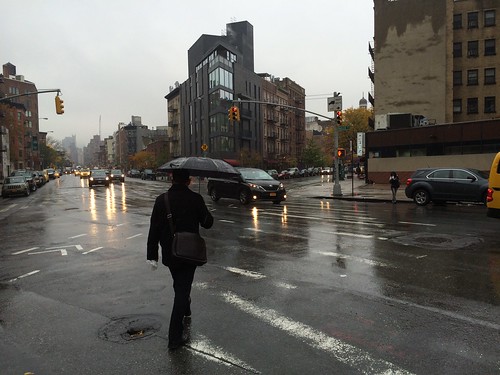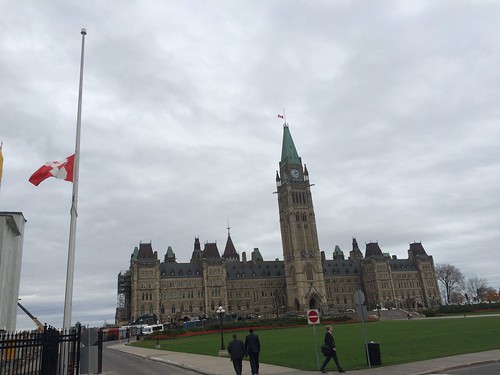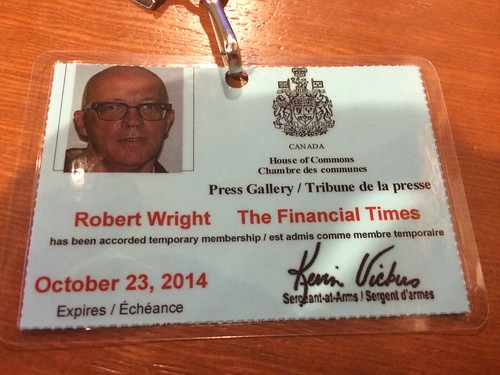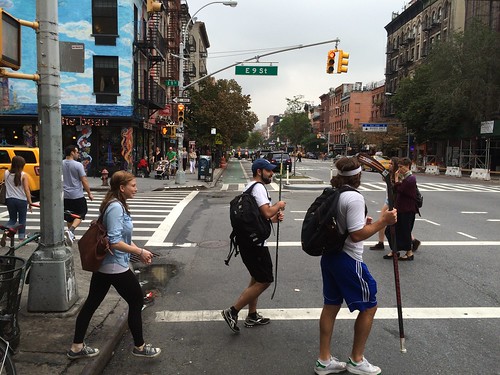It was an
experience in April 1980 – when I was ten years old – that first forced me to
confront people’s thinking and expectations about road safety. I’d left my
primary school in Glasgow
Over the next few
days, I encountered the complexities of people’s reactions.
There was, of course, sympathy, as one would hope a 10-year-old would receive
under such circumstances. But there was also a pursed-lip terseness to some
adults’ solicitousness. They clearly regarded the whole thing as the inevitable
outcome of my careless crossing of the street. Their view wasn’t, I think, based
on the crash’s circumstances but on their expectations of how such things
worked. Something in their head – a paradigm – told them that if I’d been hit
it must have been my own silly fault.
My mind’s returned to that childhood experience this week as I’ve been pondering how ordinary people, the police and news reporters respond to road crashes far more serious than mine. Many of these events, it seems to me, are filed just as quickly as my crash was into convenient, easy-to-understand categories. Police officers, I suspect, start off with a similar paradigm to the one I faced 34 years ago – that pedestrians’ and cyclists’ mistakes, not cautious, respectable motorists, tend to cause crashes. Reporters overseen by under-pressure news editors all too easily fit events for their readers into even simpler, more misleading constructs.
My mind’s returned to that childhood experience this week as I’ve been pondering how ordinary people, the police and news reporters respond to road crashes far more serious than mine. Many of these events, it seems to me, are filed just as quickly as my crash was into convenient, easy-to-understand categories. Police officers, I suspect, start off with a similar paradigm to the one I faced 34 years ago – that pedestrians’ and cyclists’ mistakes, not cautious, respectable motorists, tend to cause crashes. Reporters overseen by under-pressure news editors all too easily fit events for their readers into even simpler, more misleading constructs.
One
recently-publicised case shows such paradigms’ ability to overpower the truth.
New York news outlets in October last year cited police sources as saying
Allison Liao, a three-year-old, had “broken away” from her grandmother in a
crosswalk in Flushing, Queens, before Ahmad Abu-Zayedeha drove over her in his SUV. The phrase “broke away” conjures up images from road-safety films of a
child’s heedless breaking away from a parent’s grasp. It suggests a freak event
– or negligence on the part of the grandmother or little girl – that Abu-Zayedeha could not have been expected to anticipate.
The phrase is such a cliché that it ought, in retrospect, to have alerted
readers that it was based on false assumptions.
Footage from another vehicle’s dashboard camera showed Abu-Zayedeha
in fact simply drove his vehicle through the crosswalk oblivious to the
presence of Allison and her grandmother, who had right of way and were holding
each other’s hands. The
truth, however, contains none of the satisfying closure of the “broke away”
version, which suggests the event is simply a sad, unavoidable tragedy. There’s
nothing to satisfy the reader’s curiosity about why such a horror should happen
– no obvious sign of the driver’s using his telephone or acting deliberately.
There isn’t an easy narrative to fit the many pointless, avoidable crashes that
arise from drivers’ impatience and inattention while carrying out simple
manoeuvres.
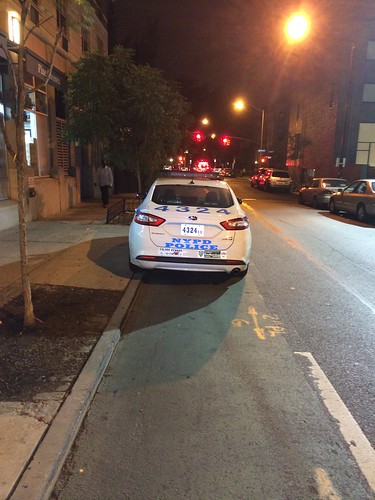 |
| It's a long shot - but this NYPD driver may not spend a lot of time questioning the paradigms behind his thinking about street safety. |
Yet the
recognition that the minds of all involved – the police, reporters and drivers
– are falling in line with paradigms suggests a route towards achieving better
understanding of such events. It’s vital, it seems to me, that road safety
advocates start countering misleading stories about crashes’ causes still more
quickly and aggressively than they do at present. Only when unspoken
assumptions are spoken and revealed for myths will new, more accurate paradigms
emerge. It’s imperative to recognise that narratives about crashes are built
around pre-existing templates, rather than constructed afresh for the facts of
each incident.
A change in the
narratives might encourage police and prosecutors to act – and discourage
future poor behaviour. Abu-Zayedeha has faced
no criminal charges for his extreme negligence. Even the two traffic violations
he faced were dismissed, after a hearing before a Department of Motor Vehicles hearing that Radio WNYC last week revealed lasted just 47 seconds.
In my own crash, I remember for sure that the
school crossing guard – “lollipop lady,” in British parlance – had left by the
time I arrived. I also recall letting pass a car heading in the other direction
from the one that hit me. I’ve little idea why I then missed the one coming
from my right – but there was a slight bend in the road and cars on either
side. I used to tell myself that the driver – a driving instructor, on his way
to a lesson – was speeding. But I think
I’d have been more seriously injured if the vehicle had been going faster than
the 30mph speed limit.
The truth of the crash is probably that the road, with its
30mph speed limit, no permanent crossing and parked cars obscuring the view, was
simply a hostile environment that was intolerant of an incautious driver and my
momentary lapse. A check on Google Streetview reveals that the site now has a
raised pedestrian crossing. Many of the parking spaces that obscured mine and
the driver’s view of each other have been taken out. There’s a 20mph speed
limit around school times. Those all seem to me like retrospective recognition
that the tooth-sucking adults 34 years ago were putting too simplistic a
construction on events.
But humans take minutes or hours, rather than decades, to
reach their conclusions on many crashes’ causes. The simple paradigms in many
people’s heads keep pushing them, it seems to me, towards some strikingly
misleading conclusions in that period.
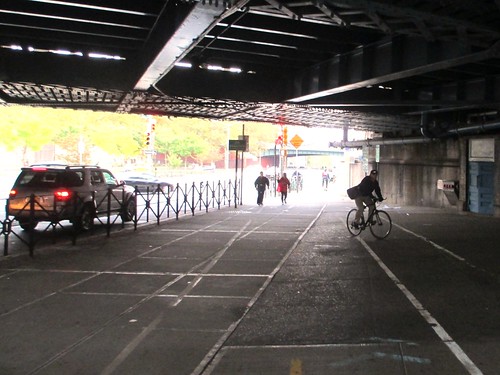 |
| The foot of the Manhattan Bridge bike lane, near where Matthew Brenner was hit: a confusing place, but not one where people deliberately take suicidal risks. |
In one recent case, for example, the New York Police
Department announced shortly after Matthew Brenner, a cyclist, was fatally
injured in a crash near the Manhattan
Bridge Sands
St
I expressed scepticism in the comments below an online story about the narrative, only to be criticised by other commenters to the
point of abuse. Further investigation and video have nevertheless suggested Brenner – who had
previously worked as a cycle courier in Washington ,
DC
Another more recent tragedy shows how the neat paradigms in
police officers’ heads distort their efforts to assign culpability for crashes.
On November 15, a man driving an F150 pick-up truck with a raised chassis and
illegally tinted windows killed Jenna Daniels, a 15-year-old jogger, in a
crosswalk on Staten Island . The police almost
immediately told reporters that they were blaming the crash on Daniels’
crossing the street outside the marked crosswalk at the site. They had ticketed
the driver for having illegally tinted windows, they said, but these played no
role in the crash.
 |
| An F150 at the Detroit auto show: imagine a raised chassis and tinted windows - and ask yourself if you'd assume such a vehicle's design played no role in a fatal crash. |
It takes extraordinarily powerful mental biases to reach those conclusions based on the available facts. The poor young
woman, after all, was hit at least close to a crosswalk, by a driver whose
vision must have been impaired not only by his vehicle’s height and size but by
an illegal window tint. Only a very strong urge to blame pedestrians for crashes and exonerate drivers could immediately exculpate the
windows and the driver.
Yet, as a newspaper reporter with more than two decades’
experience, my concern about the paradigms at work doesn’t stop with the police.
I note their effect just as strongly in the work of journalists. The
failure of reporters to interrogate their police sources about their improbable
versions of events has certainly made life easier for the district attorneys,
police officers and others who want to go with the easy version of events.
It’s perhaps less obvious to a non-reporter how those
stories must reflect priorities coming from elsewhere in the news organisation.
It’s clear to me, for example, that news editors regard many stories about
traffic crashes as a minor matter, worthy of only a brief story. It’s hardly
surprising that the stories often feel rushed and only partially researched.
Reporters are inevitably under pressure to write such stories quickly and move
on to the next. It’s impossible by its nature to contact a dead victim or one
who’s in a coma to see if he or she agrees with a biased police investigator’s
account.
It will be even less apparent to anyone who’s never worked
in news how hard it can be to write a story that doesn’t fit a
readily-understood paradigm. Even the shortest story needs some kind of
narrative if it is to satisfy readers’ curiosity. It’s far easier from a news
editor’s point of view to frame a story like Allison’s death as an
inexplicable, unpreventable tragedy than to try to tie up the loose ends of the
events in question.
The “inexplicable tragedy” version of road crashes also has
the significant advantage – especially in England and Wales, which have
appallingly restrictive defamation laws – that it tends to blame a dead or
unconscious victim. A dead person can’t sue a newspaper. A driver accused of
negligence certainly can.
That tendency to pick conveniently on the dead to simplify the consequences of their deaths for those still alive is, incidentally, one of the coldest, most cynical parts of the whole process.
That tendency to pick conveniently on the dead to simplify the consequences of their deaths for those still alive is, incidentally, one of the coldest, most cynical parts of the whole process.
It's far harder, however, to kill off a misleading paradigm than it is to kill a vulnerable road user. The paradigms in news editors’ heads were some of the last holdouts of last century’s outmoded ideas on sexual identify, domestic violence and a host of other issues. The paradigms about how to write about race, crime, immigration and a swathe of other issues continue to distort reporting. It is hardly surprising that few reporters currently care enough or are well-informed enough to counter their editors’ entrenched views of “common sense” views of traffic issues.
The paradigms in police officers' heads, meanwhile, can literally kill people. It's hard to imagine that, if Darren Wilson, the Ferguson, Missouri, police officer, hadn't had fixed views about the behaviour of his town's black people, he wouldn't have felt it necessary to kill unarmed Michael Brown in August. It's hard to imagine that police views about the likely behaviour of people in Brooklyn's Pink Houses didn't contribute to a police officer's shooting of Akai Gurley, an entirely innocent young man, last week in East New York.
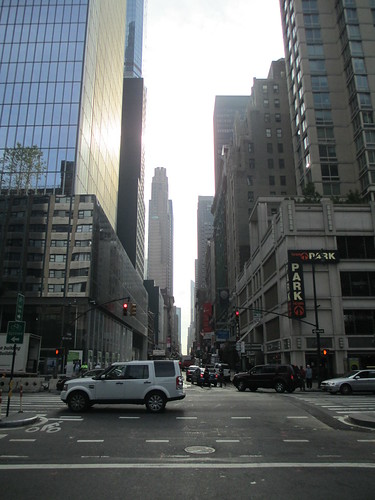 |
| 54th St & 8th Avenue, Midtown Manhattan: it's a chaotic environment - yet I never doubted when I rode it daily I'd get no sympathy from the police if a driver ran into me |
Yet none of this is intended as a counsel of despair.
Campaigners against domestic violence, drunk driving and countless other social
scourges have changed the media narrative through sheer persistence. Street
safety activist groups can adopt similar tactics, raising quickly after every
crash the legitimate questions that police and news organisations currently
fail to raise. The questions need not even be very specific to the individual
incidents. The stories about Matthew Brenner’s fate and Jenna Daniels’ death
would both have been improved by a simple reminder that research shows
motorists - not the victims - cause most crashes involving cyclists and pedestrians in New York.
It is likely, no doubt, to be an uncomfortable business for
activists used to running positive, non-confrontational campaigns to start
taking such a stance. The resources to find people willing to put in the hard
work will be hard to find. There could easily be resistance from police, media
organisations and those responsible for causing crashes.
But substantial changes can take place. After all, as I sat
on the kerb of that road in Glasgow
There are, goodness knows, multiple problems with rich-world countries' justice systems, societies and the way people write about them. But the conditions that led first to Allison’s death, then its
misreporting then its mishandling by the legal system are undoubtedly among them. They must be recognised as lazy, complacent, obscene assumptions that obscure the truth of appalling tragedies.

